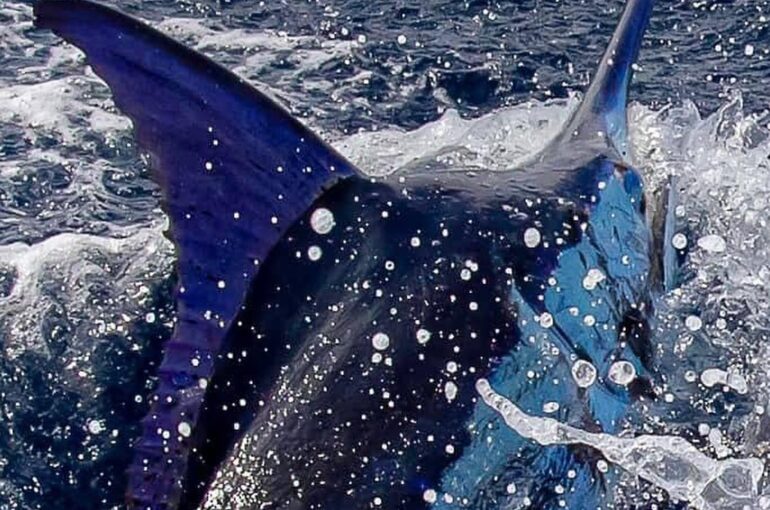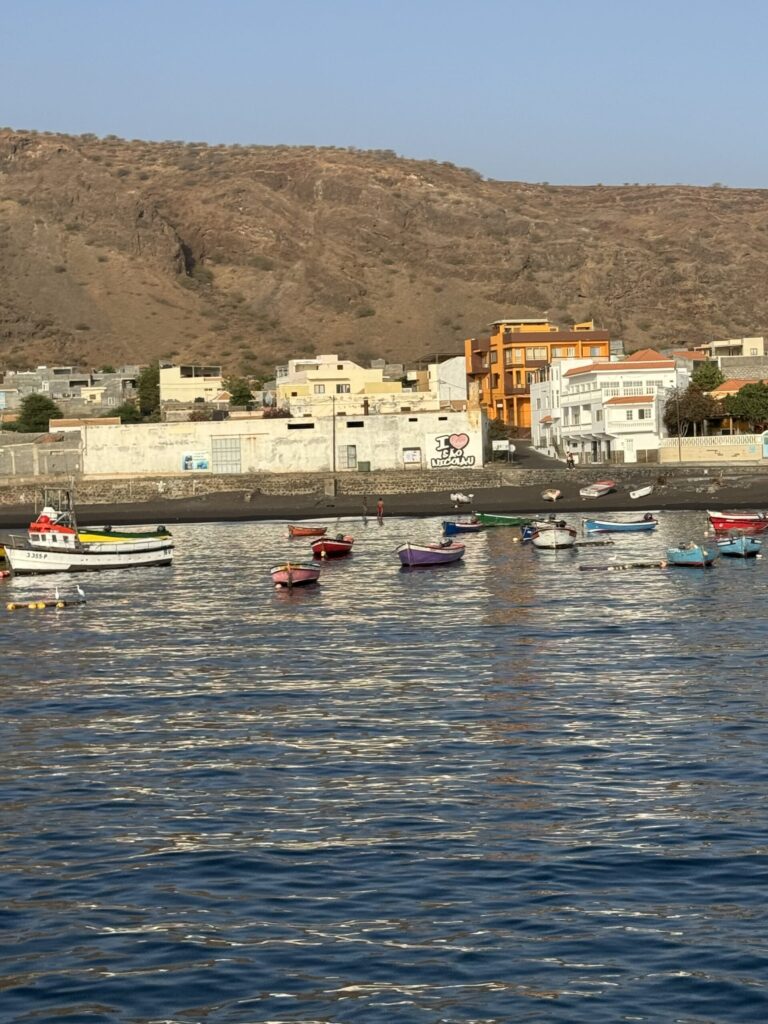Cape Verde Fishing Experiences

Cape Verde is an island group in the Atlantic Ocean, located west of the African coast. Known for its calm climate, turquoise waters, and mix of African and Portuguese influences, Cape Verde has also become a favourite destination for travellers who enjoy fishing. If you are looking for a place that offers adventure, calm seas, and the thrill of big catches, then Cape Verde fishing experiences should be at the top of your list. Many people visit Cape Verde for the sun and beaches, but a growing number of travellers come for the fishing. These islands offer deep-sea fishing, reef fishing, and bottom fishing, often within minutes of leaving the shore. The strong presence of species such as blue marlin, yellowfin tuna, and wahoo means there is action all year round. Whether you’re an experienced angler or someone who wants to try fishing for the first time, Cape Verde provides a variety of options to suit your style and goals. Let’s take a step-by-step look at how you can enjoy the best Cape Verde fishing experiences, starting with why these islands are so well-suited for this activity.
1. Discover What Makes Cape Verde Ideal for Fishing
Cape Verde’s position in the Atlantic Ocean places it directly on the migration paths of many large game fish. This means that the waters around the islands are full of marine life. Unlike other fishing destinations where you might need to travel far from shore to find fish, in Cape Verde, the deep waters begin very close to land. This gives you quicker access to fishing spots and allows for shorter boat rides with more time spent actually fishing. Another reason why Cape Verde fishing experiences are so rewarding is the climate. The islands enjoy warm weather for most of the year, with very little rainfall and calm ocean conditions. This makes it easier to plan trips in advance and ensures your outing won’t be spoiled by storms or rough seas. The sun shines for over 300 days each year, and the wind patterns help keep the sea surface manageable for both small and large boats. The local infrastructure has also grown with the demand. In many of the fishing towns across the islands, you can find charter companies with experienced captains, well-maintained boats, and quality equipment. These services are used by both beginners and professional anglers alike, which adds to the comfort and safety of the overall experience.
2. Choose the Type of Fishing That Suits You
The most common Cape Verde fishing experiences involve deep-sea trolling. This is where the boat drags lures or bait through the water to attract big fish such as marlin, tuna, and dorado. These fish are fast, strong, and known for putting up a tough fight. Landing one of them is an unforgettable moment, and it’s one of the main reasons tourists travel here to fish. If you prefer a more relaxed outing, you might want to try reef fishing. This usually takes place near rocky areas or coral formations, where species like snapper, grouper, and amberjack are often found. These fish are still challenging to catch, but do not require as much physical effort as a marlin fight. Reef fishing is also a great choice for families or beginners who want to enjoy fishing in calmer water with easier catches. Bottom fishing is another popular choice in Cape Verde. This involves dropping bait directly to the sea floor to catch species like moray eel, jacks, and other ground-dwelling fish. These trips often take place close to shore and offer consistent action throughout the day.
3. Pick the Best Island for Your Adventure
Cape Verde is made up of ten islands, and not all of them offer the same fishing opportunities. Choosing the right island can shape the kind of fishing trip you’ll have. São Vicente is known as the centre of sport fishing in Cape Verde. The town of Mindelo is where most international fishing tournaments take place. If you’re interested in chasing big marlin or joining competitive fishing events, São Vicente is your best choice. Sal Island is another great option. Known for its beaches and resorts, it combines comfortable tourism with excellent fishing. The waters around Sal are full of wahoo, tuna, and dorado, which makes it perfect for those who want an active but relaxing fishing trip. Santiago, the largest island, offers a more local and cultural experience. Fishing here often involves joining traditional fishermen who use age-old methods. This gives you a glimpse into the daily life of the local people and adds cultural depth to your fishing trip. Boa Vista is a quieter island with beautiful beaches and strong fishing potential. The waters here are less crowded, and the experience feels more personal. This is a good choice for couples, small groups, or solo travellers looking for peace alongside fishing.

4. Book a Charter for a Seamless Experience
Once you’ve chosen your island and the type of fishing you want, the next step is to book a fishing charter. Many travellers choose professional charters because they provide everything: the boat, equipment, bait, safety gear, and experienced crew. This allows you to focus on the fun part—fishing—without worrying about the details. A good charter company will offer options such as half-day, full-day, or even multi-day trips. Some also provide food and drinks on board, which makes for a comfortable day out at sea. The crew usually includes a captain and one or two assistants who help with setting lines, handling the fish, and even cleaning your catch if you plan to take it back. It’s a good idea to read reviews, ask questions, and confirm what’s included in the price before booking. If you’re hoping to catch a specific species, mention this when booking so the crew can plan the trip around the right season and location. Many of the best Cape Verde fishing experiences come from charters where the crew knows the local waters well. Their knowledge improves your chances of success and adds an extra layer of safety and confidence.
5. Plan Your Trip Around the Best Seasons
Cape Verde offers fishing year-round, but certain months are better for certain types of fish. If you’re coming for blue marlin, the peak season is from May to August. This is when most of the big game fishing happens, and it’s also when tournaments draw international anglers. Tuna are most active between November and March, especially yellowfin and bigeye tuna. These fish can be caught using both trolling and live bait, and their strength makes them a thrilling catch. Wahoo and dorado are available most months of the year, but they are especially common in spring and autumn. Their bright colours and fast strikes make them favourites among visitors. Reef and bottom fishing can be done all year round. Since these styles take place in nearshore waters, they are less affected by seasonal changes. This means even if you’re not visiting during peak season for marlin or tuna, you can still enjoy a successful fishing trip. Planning your Cape Verde fishing experiences around the best times for your target species helps ensure a productive and memorable trip.
6. Enjoy More Than Just Fishing
While fishing may be the main reason you visit Cape Verde, the islands offer much more than just what’s beneath the waves. After your day at sea, you can explore charming villages, relax on the beach, or listen to live music at a local bar. Cape Verde has a unique cultural mix that blends African, Portuguese, and Brazilian traditions. This is felt in the food, music, and hospitality. São Vicente’s capital, Mindelo, is known for its art scene and nightlife. It’s a great place to unwind after a day of sport fishing. In Sal and Boa Vista, beach lovers can enjoy water sports, sunbathing, and spa treatments. If you’re on Fogo, you can hike up a volcano or try local wines made from volcanic soil. Adding cultural or relaxing experiences to your fishing trip gives you a well-rounded holiday. It also lets non-fishing companions enjoy the trip. This is one of the reasons Cape Verde fishing experiences are perfect for families, couples, and groups of friends.
Conclusion
Cape Verde fishing experiences offer the perfect blend of adventure, nature, and culture. From chasing marlin off the coast of São Vicente to catching reef fish near Santiago, each trip brings something different. The islands are easy to reach from Europe and offer high-quality charters, warm weather, and rich marine life. Whether you’re after a once-in-a-lifetime big catch or just want to enjoy peaceful hours on calm waters, Cape Verde is the place to go. The friendly people, beautiful landscapes, and reliable fishing conditions make every trip special. Now is the time to plan your journey. Book your charter, pack your gear, and get ready for some of the most exciting Cape Verde fishing experiences you’ll ever have.


